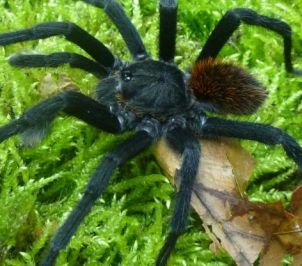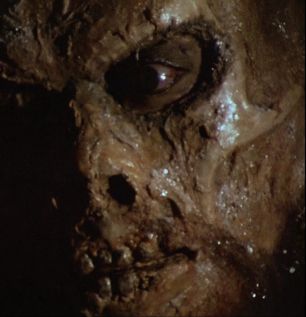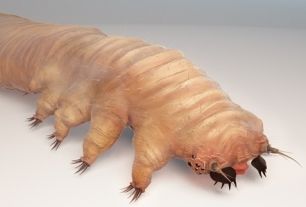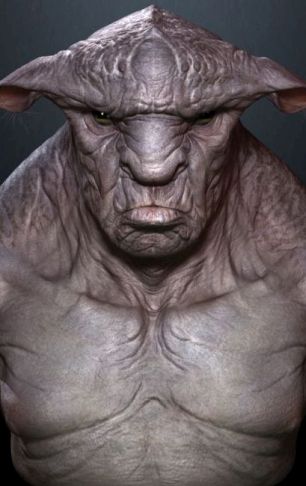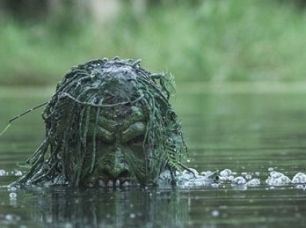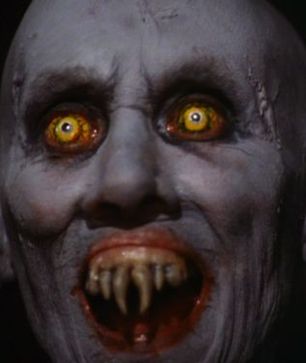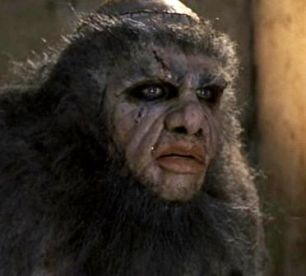Horrors for The Cthulhu Hack
One of the first things I do with a game system is write up monsters, villains, et cetera. Hereafter, I try my hand with a few horrors for The Cthulhu Hack.
Chthonian
An enormous squid-like monstrosity at least 20 feet long. Numerous grasping tentacles. Its worm-like body coated with slime. All around, an alien chanting that seems to come from the very air itself.
Hit Dice: 10
Notes: Tentacle (1d6 plus CON Save to avoid additional 1d6 from blood drain). Crush (1d4 nearby targets for 1d8; DEX Save avoids). Armor 5. Powerful telepathy. Regenerates 5 hit points per round until dead. Casts 1d6 spells. Multiple Chthonians working in concert can cause earthquakes.
Dark Young of Shub-Niggurath
An vast mass of writhing, ropy tentacles the color of night. Covered with puckered mouths that drool green goo. Lower tentacles end in ebon hooves upon which the monster walks. The stench of an open grave hangs thick in the air.
Hit Dice: 7
Notes: Tentacle (1d8 plus CON Save to avoid weakness causing a Disadvantage in STR Saves). Firearms do minimum damage. Casts 1d6 spells. Stealthy in forests.
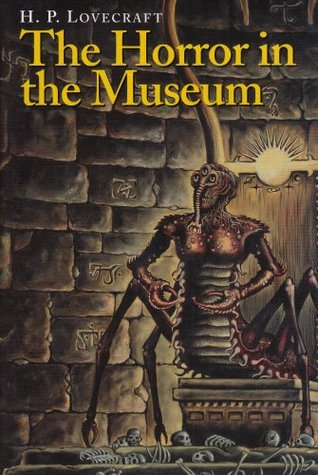
Dimensional Shambler
“Shuffling toward him in the darkness was the gigantic, blasphemous form of a black thing not wholly ape and not wholly insect. Its hide hung loosely upon its frame, and its rugose, dead-eyed rudiment of a head swayed drunkenly from side to side. Its fore paws were extended, with talons spread wide, and its whole body was taut with murderous malignity despite its utter lack of facial expression. After the screams and the final coming of darkness it leaped, and in a moment had Jones pinned to the floor. There was no struggle, for the watcher had fainted.” (The Horror in the Museum by H. P. Lovecraft and Hazel Heald)
Hit Dice: 4
Notes: 2 claws (1d4). Travel between planes (INT Save prevents being dragged along when applicable). Armor 3. Casts 1d3 spells.
Fire Vampire
“On the instant that the final guttural sound had left his lips, there began a sequence of events no human eye was ever destined to witness. For suddenly the darkness was gone, giving way to a fearsome amber glow; simultaneously the flute-like music ceased, and in its place rose cries of rage and terror. Then, instantaneously, there appeared thousands of tiny points of light—not only on and among the trees, but on the earth itself, on the lodge and the car standing before it. For still a further moment, we were rooted to the spot, and then it was borne in upon us that the myriad points of light were living entities of flame!” (The Dweller in Darkness by August Derleth)
Hit Dice: 1
Notes: Touch (1d6). Immune to material weapons. Suffers improvised damage from materials that smother flame.
